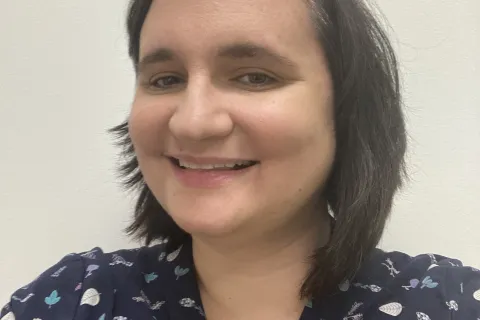Study Confirms “Optimal Outcomes” Rare but Real among Children with Autism
January 16, 2013
Some children diagnosed with autism in early childhood reach “optimal outcomes” with levels of function similar to their typical peers. The findings appear today in the Journal of Child Psychology and Psychiatry.
"Although the diagnosis of autism is not usually lost over time, the findings suggest that there is a very wide range of possible outcomes," says Thomas Insel, M.D., director of the National Institutes of Mental Health (NIMH). “For an individual child, the outcome may be knowable only with time and after some years of intervention.”
This week’s report is the first in a series of autism studies on optimal outcomes, sponsored by the NIMH. They follow up on earlier reports that a small group of children appear to “lose” their autism diagnosis over time. Some experts have questioned the accuracy of these children’s initial diagnoses. Others argued that simply being able to function in a mainstream classroom doesn’t mean that these children don’t quietly struggle with autism-related disabilities.
The new study was led by Deborah Fein, Ph.D., at the University of Connecticut, Storrs. Her team recruited 34 children, teens and young adults (ages 8 to 21) diagnosed with autism in early life. All ended up in mainstream classrooms without needing autism-related special education services. For comparison, the researchers included 44 individuals with high-functioning autism and 34 typically developing peers.
First, the research team reviewed the accuracy of the early autism diagnoses by reviewing records of the participants’ diagnostic evaluations. They then “blinded” these evaluations by removing the ASD diagnosis and presenting only the behavior information to an independent expert for review.
The researchers concluded that children in the optimal-outcome group initially had milder social deficits and slightly higher IQs than the high-functioning autism group. But at the time of diagnosis, their communication issues and repetitive behaviors were just as severe.
Once their earlier diagnosis of autism was confirmed, the participants underwent a full ASD assessment. This included standard tests evaluating language, communication, face recognition and social interaction. Overall, the optimal-outcome group scored in line with their mainstream peers and significantly better than the high-functioning autism group.
The investigators also collected a wealth of related information on the participants. This included brain imaging, psychiatric evaluations and information on the autism-related therapies they had received in earlier childhood. In future reports, they hope to use this information to answer a number of questions. Of particular interest: Do optimal outcomes reflect changes in brain function? Which, if any, treatments were associated with optimal outcomes? How great a role does IQ play?
"We know that high-quality early intervention optimizes the outcome of individuals with autism,” comments Autism Speaks Chief Science Officer Geri Dawson, Ph.D. “While only a minority of children will lose their diagnosis, this study shows that these positive outcomes are possible. This offers hope and underscores the need to continue to advocate for better access to early intervention for children with autism.”







